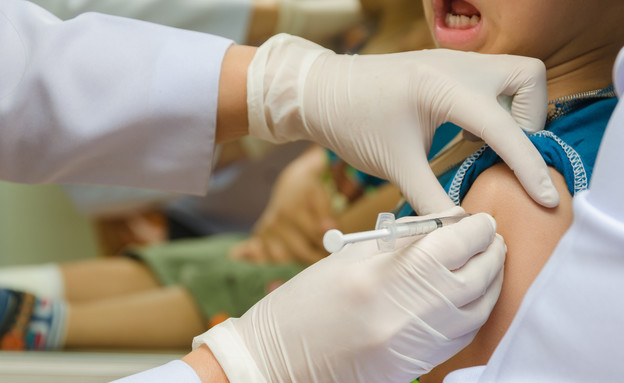As part of the research we conducted, we found that in Arab society the vaccination rate is the highest in Israel. The motivation to get vaccinated in this sector is mainly related to the feeling of “normality”, and it is rooted in traditional aspects arising from family vaccination and relying on the recommendations of the attending physician, personally, in his educational and academic training and in his professional experience.
In ultra-Orthodox society, where the lowest vaccination rates were measured, the picture is more complex. In its framework, large gaps were found between the various sub-communities that make it up, and the subgroups and sub-sectors in which one differs from the other also in relation to the issue of vaccination. Thus, there are ultra-Orthodox communities that vaccinate in similar percentages to the general public, and this with the encouragement of their rabbis. There are ultra-Orthodox communities that receive all the routine vaccinations, but later than the recommended time for vaccination, and there are other communities in the ultra-Orthodox sector that experience sporadic outbreaks of diseases, and therefore are vaccinated against the diseases that break out mainly among members of their communities and their acquaintances. On the other hand, there are communities that are not comprehensively vaccinated. Less traditional ultra-Orthodox communities not organized according to traditional ultra-Orthodox structures and lacking permanent and respected religious leadership tend to reach lower vaccination coverage. In addition to this, we were surprised to discover in the research to what extent anti-immune messages are imported to Israel from abroad, mainly from the USA, and influence these ultra-orthodox communities in Israel, through conferences, promotional materials and more.
We were surprised to discover in the research how many anti-immune messages are imported into Israel from abroad, mainly from the USA, and influence the ultra-orthodox communities in Israel, through conferences, promotional materials and more
Twice as many get vaccinated in the central region and in Sharon
The problem of non-vaccination is evident in adult vaccines, but it is also true for infant and child vaccines. There are considerable differences between the vaccination rates against meningococcal strain B between rich and poor populations in Israel, and it was found that the rich population in the country is vaccinated at higher rates than the poor population. According to the data of the two largest health funds in Israel, Klalit Health Services and Maccabi Health Services, which were presented as part of the article, in the central region and in the Sharon region the rate of vaccinations is twice and more than in the southern and northern regions.
>> Why is meningococcal dangerous and what are the warning signs?
The “bacteria of the gods”, meningococcal strain B, causes a rare but serious disease that has affected about 20 children a year in the last ten years. The bacterium causes a “rushing disease”, which is considered very severe and has the power to cause serious injuries, neurological complications, paralysis of limbs, and even death. The vaccine against it has not yet been included in the health basket, and therefore it is not included in the routine immunization schedule for infants and children in Israel.
When you look at the broad picture that emerges from all the data, you immediately understand the impact that income, or rather the considerable financial expenditure, has on vaccination against meningococcal strain B as opposed to vaccination with routine vaccines.
The vaccine against meningococcal strain B is given in three doses, and the cost of each dose reaches hundreds of shekels. Therefore, those who want to get vaccinated are required to spend a lot of money out of their pockets
The vaccine against meningococcal strain B, approved and recommended by the relevant authorities in the Ministry of Health and the doctors’ associations, is given in three doses to each child. The cost of each dose reaches hundreds of shekels, and the parents are required to finance three vaccination doses separately for each child. Therefore, those who want to get vaccinated with the existing vaccine against the bacteria are required to spend a lot of money out of their pocket. This is problematic because it creates a significant, fundamental and double inequality, since people at a high socioeconomic level can pay for the vaccine, while people at a low socioeconomic level cannot pay for it.
In other countries of the world, such as England, Australia, Canada and Italy, the vaccine against meningococcal strain B is subsidized. The vaccine subsidy resulted in meningococcal morbidity dropping dramatically. The evidence from vaccination programs around the world shows that asking parents to pay for vaccines is a major barrier, creating inequality between families who can afford the vaccine and those who cannot. The best way to protect all children from meningococcal B is to include the vaccine in the health basket.
*The author is a professor of public health at the Azrieli Faculty of Medicine at Bar-Ilan University.
